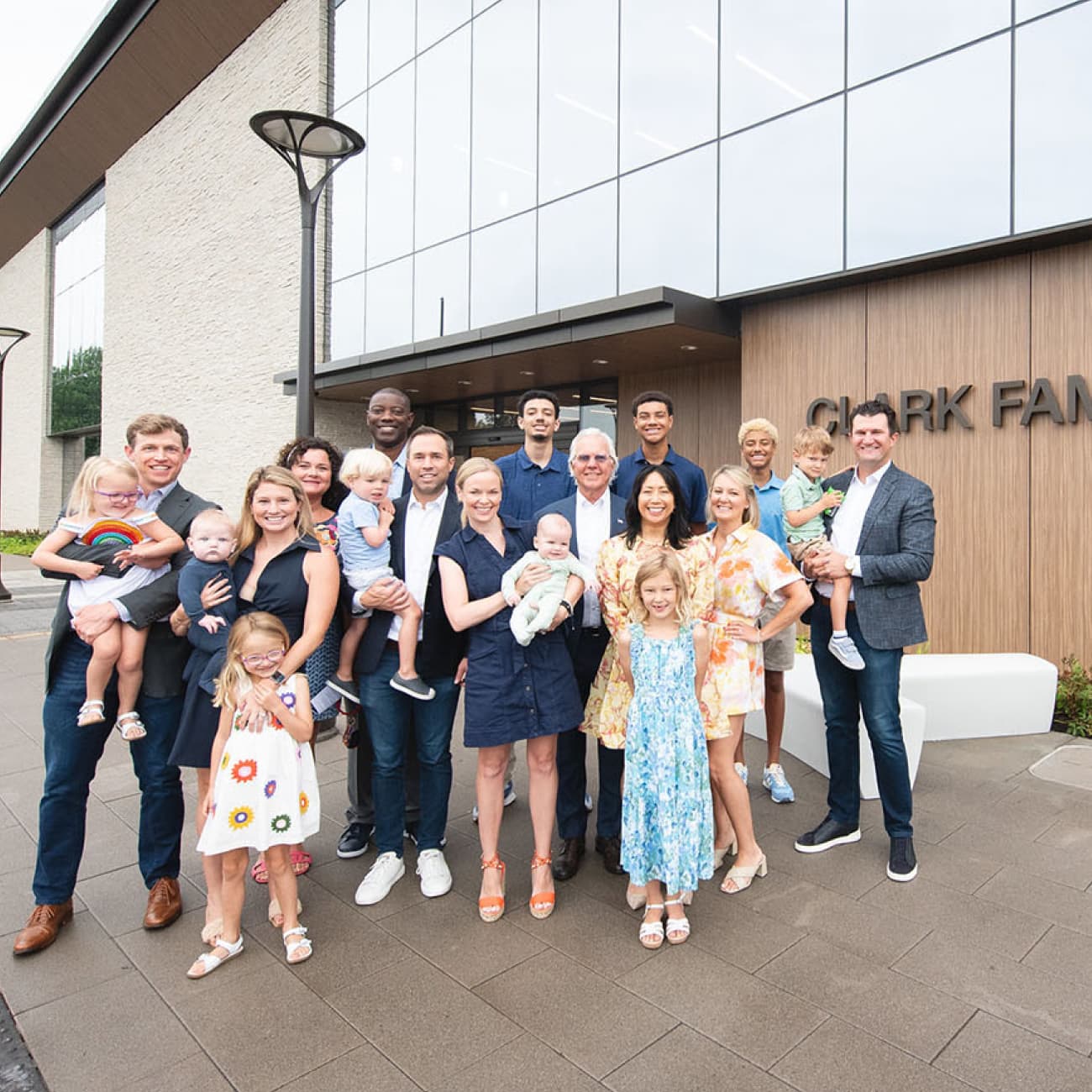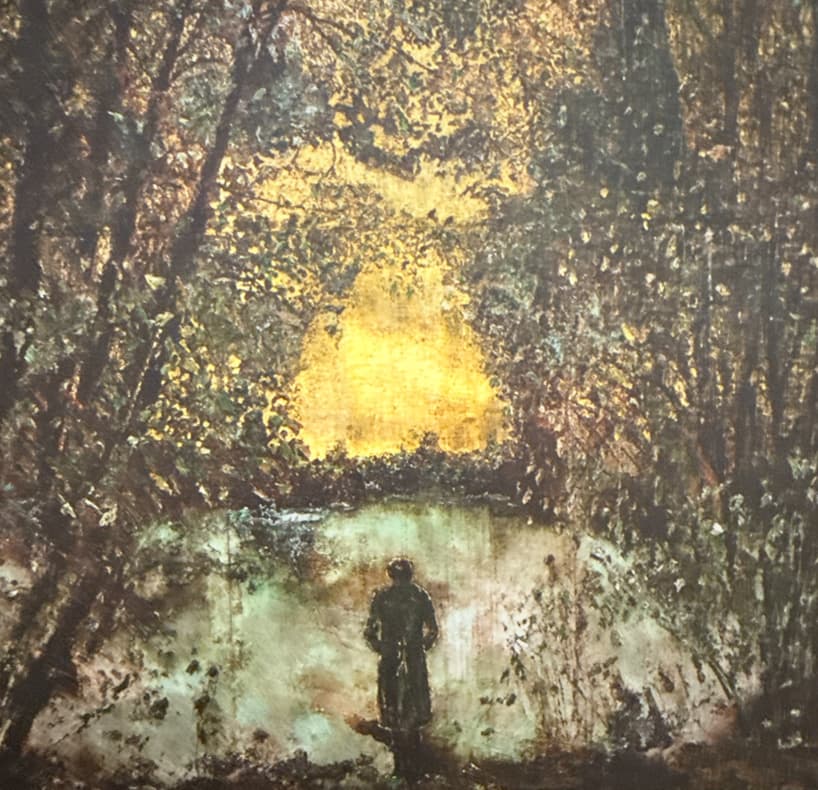Not-So-Rare Realities: Myths Crumble, Hope Rises

Ellen, my childhood sweetheart and wife of 25 years, passed away in 2010 from the ultra-rare genetic disorder RVCL.
Since Ellen’s diagnosis in 2005, my family and I have been focused on science, research, genetic revolution, and finding cures for the 400 million people worldwide impacted by a rare disease. I couldn’t think of a better way to honor Ellen than to continue to advocate for the advancements of rare disease research. This mission has become near and dear to my heart and the hearts of so many of those at The Clayco Foundation and beyond.
There is no better legacy to leave than one of hope, and The Ellen S. Clark Hope Plaza aims to be just that. Designed by renowned architect and artist Maya Lin, it is the perfect symbolic space of respite and refuge for employees, patients, and visitors at the Washington University Medical Center – a leading center of research on the front of rare diseases. Ellen left a giant legacy and memory and was excited to witness this beautiful plaza come to completion during her lifetime.
While The Clayco Foundation continues to support various efforts toward treatments, it’s crucial that we keep raising awareness to advance these actions. Rare Disease Day serves as a crucial moment to challenge stigmas and emphasize the significance of understanding these often-overlooked conditions.
Let’s bust some myths surrounding rare diseases! Some of the most common include:
Myth: Rare Diseases Are Extremely Uncommon
FACT: Although each individual rare disease affects a small number of people, there are thousands of different conditions that collectively impact a significant portion of the global population. According to the National Institutes of Health, there are approximately 7,000 rare diseases affecting between 25 and 30 million Americans – meaning 1 in 10 Americans – or one on every elevator.
Myth: Rare Diseases Only Affect Children
FACT: While it's true that some rare diseases manifest in childhood, many conditions can also present later in life. Some individuals may not receive a diagnosis until adulthood, mainly due to a lack of knowledge and assessment, and the age of onset can vary widely.
Myth: Rare Diseases Are Always Genetic
FACT: A significant portion of rare diseases do have a genetic basis, but there are also non-genetic rare diseases caused by infections, environmental factors, or a combination of several aspects. It's important to recognize the diversity in the causes of rare diseases to facilitate accurate diagnosis and correct treatment.
Myth: Rare Diseases Are Untreatable
FACT: The most important myth to bust is that rare diseases are untreatable. We simply need improved RESEARCH, TECHNOLOGY, and SUPPORT to continue to pave the way for a healthier tomorrow for generations to come.
The diagnostic delay for rare diseases varies from months to decades, with the average time for accurate diagnosis being around 4 to 5 years. The key to improving survival rates, patient experience, and well-being is through earlier diagnosis. The Clayco Foundation supports Dr. Jonathan Miner and his team at Penn Medicine’s RVCL Research Center, who work tirelessly to better understand and eradicate RVCL and rare diseases.
YOU can also support the cause by purchasing Illumination artwork by professional storyboard artist and QuickArt Studio Inc. founder Mike Coon, or making a donation to add to the $9.8 million we have raised to date! Use Rare Disease Day as a rallying point to advocate for patients to live longer and healthier lives.
Learn more about RVCL and stay up-to-date on research progress here.

%20(1).jpg)




.avif)



